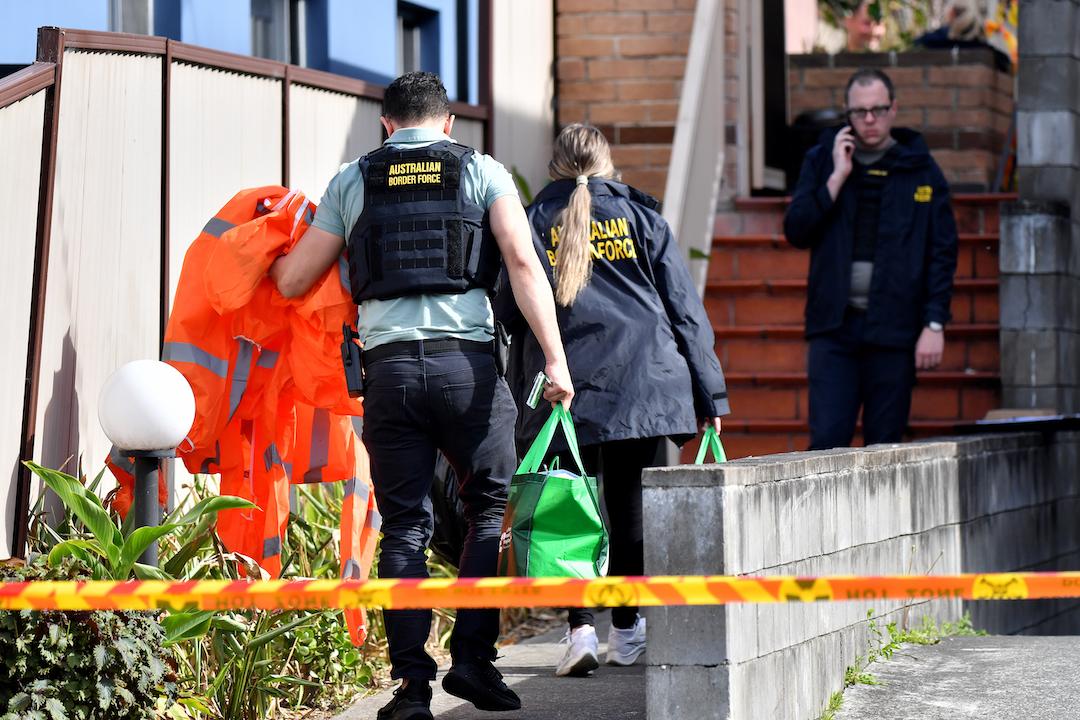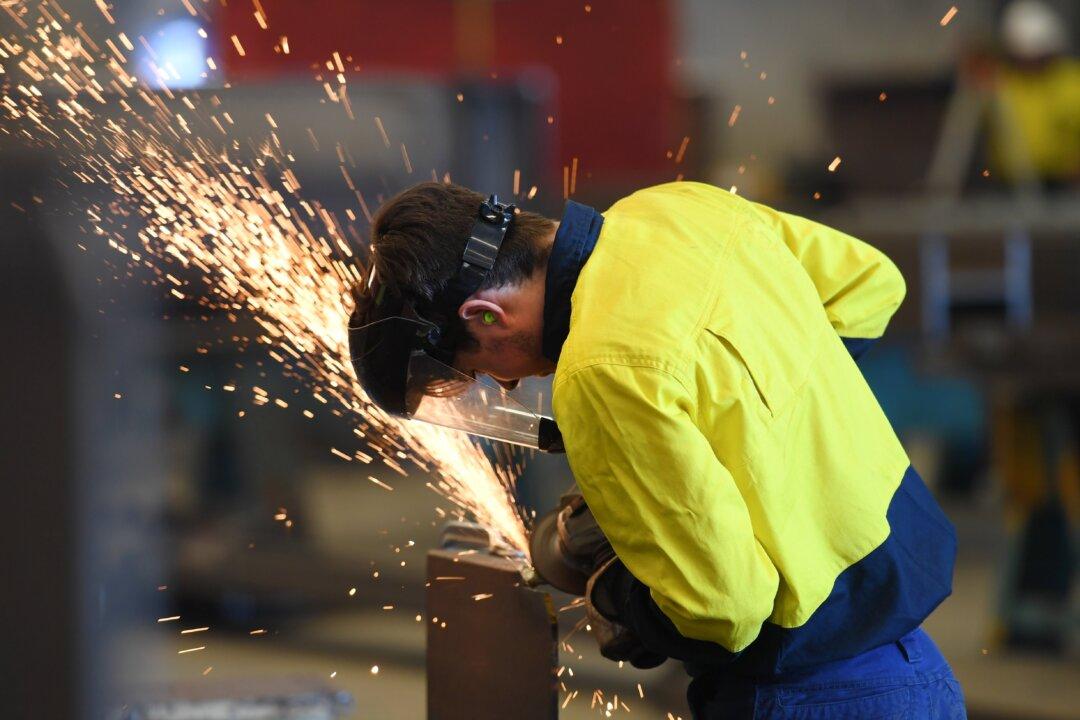Authorities on Aug. 17 raided a Sydney residence and found a radioactive isotope, including liquid mercury, in the possession of a man alleged to be an employee of the Australian Border Force (ABF).
The ABF said that the raid was conducted following the detection of a “range of illicit substances” being imported through air cargo in Sydney.





